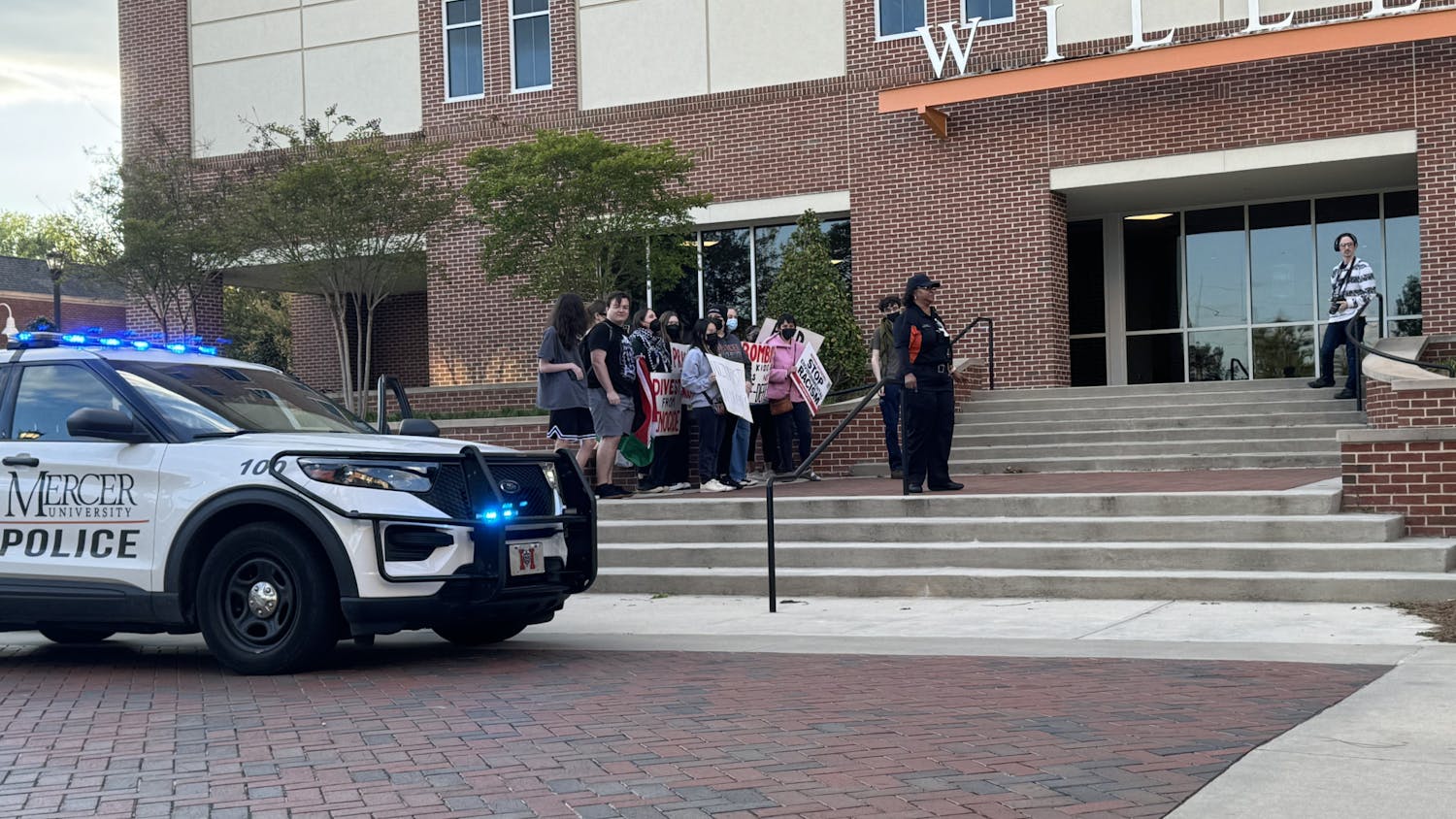Ferguson, Missouri and Macon, Georgia have both seen killings by white police officers of large, unarmed black men apparently acting erratically and, to varying degrees, threateningly. Some responses to the killing in Jefferson of Michael Brown on Aug. 9, both by looting protesters and militaristic police, were outlandish. But whether the grand jury will ultimately indict Ferguson police officer Darren Wilson should come down to an analysis of whether Wilson reasonably saw Brown as a deadly threat, so justifying use of deadly force under Supreme Court precedent.
The Ferguson case is national news. Less well examined is a Macon case almost two years ago that provides interesting comparisons, helping to gauge what will happen in the grand jury’s consideration of Wilson’s killing of Brown.
Sammie “Junebug” Davis, Jr. was killed outside Macon’s Pio Nono Kroger supermarket Dec. 21, 2012 with three shots to the chest after intimidating an elderly Kroger patron. Davis later badly scratched Macon police officer Clayton Sutton on the neck after Sutton approached Davis about the patron’s complaint. Sutton later explained that he thought Davis may have been cutting Sutton’s neck with a knife during their confrontation, so in the heat of the altercation, Sutton shot Davis at close range.
By comparison, Ferguson’s Brown was killed after a more protracted confrontation with Officer Wilson, who had apparently first been struck by Brown while Wilson was in his police car. Wilson then got out of the car and gunned down Brown in the confrontation’s second episode. Reports differ on whether Brown was posing a reemerging threat in the second interaction, or just surrendering. The distance between Brown and Wilson at the time of the fatal shots is in some doubt, but appears to have been further than the distance between Davis and Sutton.
In both cases, the individuals killed were probably acting erratically – Davis perhaps because of documented schizophrenia, Brown perhaps because he’d just robbed a convenience store and may have been high. But also in both cases, the officers did not follow preferred protocol before unleashing deadly fire.
After several weeks of investigation and analysis, Macon’s district attorney decided last year not to prosecute Sutton in Davis’s death. There were some protests about that decision, but it was generally accepted even though Sutton was not a model officer, and was later fired for a separate problem involving non-compliance with police protocol.
Despite some similarities in the two cases, their differences suggest that Wilson is more likely to be charged criminally in Brown’s death based on the facts publicly known so far. There was a pause of at least a few seconds between the initial confrontation between Wilson and Brown at the police car and their later deadly encounter on the street. During the interim, some words were exchanged. There was more distance between Wilson and Brown than between Sutton and Davis. Twice as many bullets struck Brown as struck Davis.
In short, Wilson had more time, space and opportunity than did Sutton to wait for back-up and address any threat in a less dangerous way. Moreover, Wilson used more force, including two head shots.
Even if Wilson deviated from optimal police procedure more than did Sutton, that doesn’t necessarily mean that Wilson should be indicted. However, if Wilson is indicted, there would probably be plausible reasons for indictment beside capitulation to rioting protesters. The circumstances of Brown’s death known at this point suggest a more serious deviation from legal norms than occurred in Macon officer Sutton’s 2012 killing of Junebug Davis.
David Oedel teaches at Mercer Law School.
Comparing killings in Macon and Ferguson





